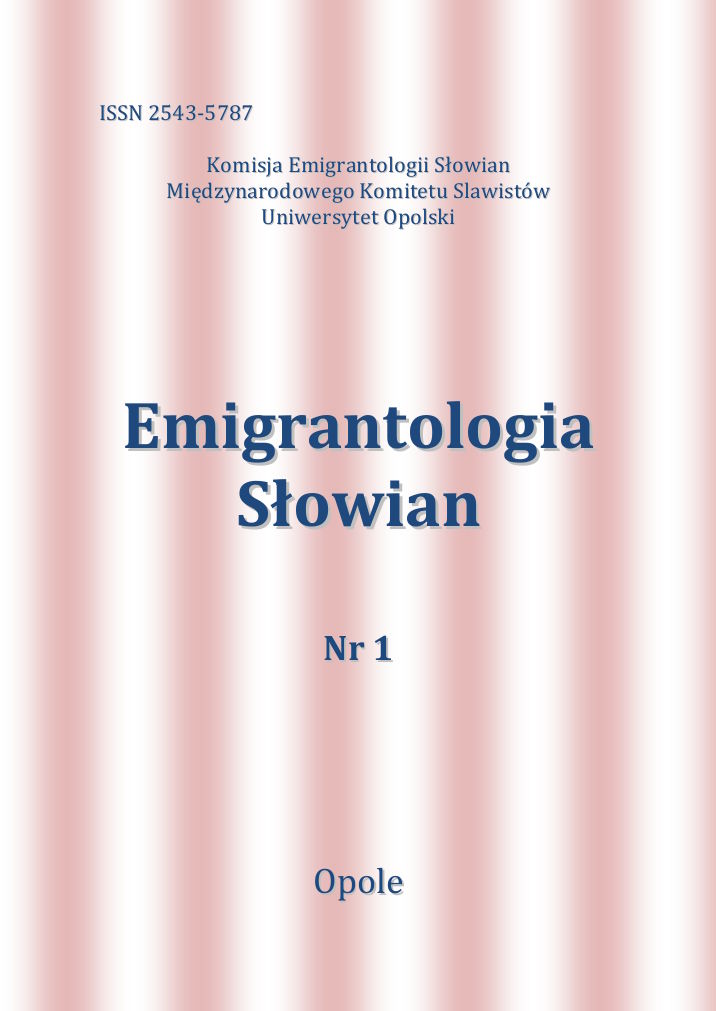
We kindly inform you that, as long as the subject affiliation of our 300.000+ articles is in progress, you might get unsufficient or no results on your third level or second level search. In this case, please broaden your search criteria.

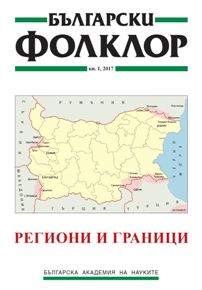
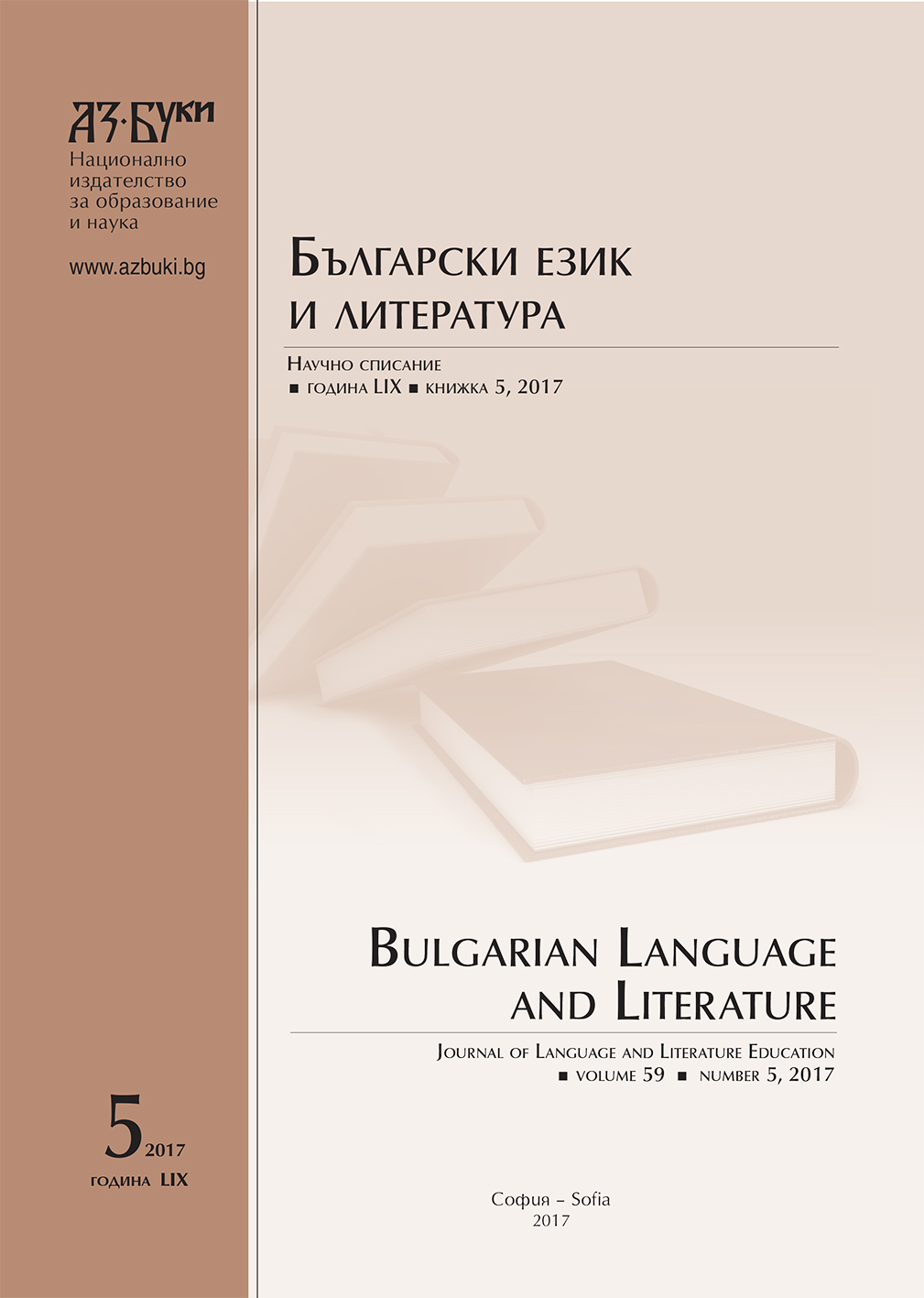
This article presents a possible model for teaching 9th grade Literature material related to the Bible and the Old Bulgarian literature by applying the knowledge that the students have acquired during the Information Technology classes. The demonstration of the student presentations about famous Bulgarian monasteries favors the formation of teamwork skills, the creative usage of the Internet resources and the improvement of the knowledge connected with the subjects studied in 9th grade.
More...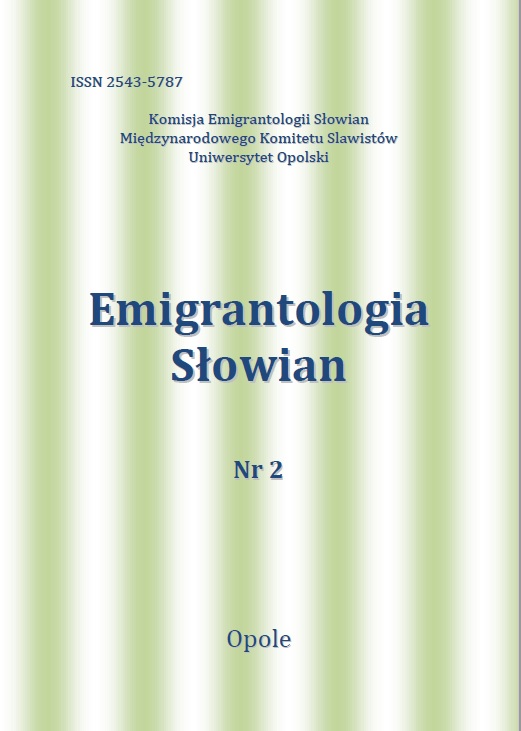
Conference report on an international scientific conference “Old Believers Abroad”, held in Toruń 19th-20th September 2016. The conference was devoted to various aspects of life of Old Believers’ communities outside Russia, as well as the problems of Old Believer emigration and general questions of Old Believerism.
More...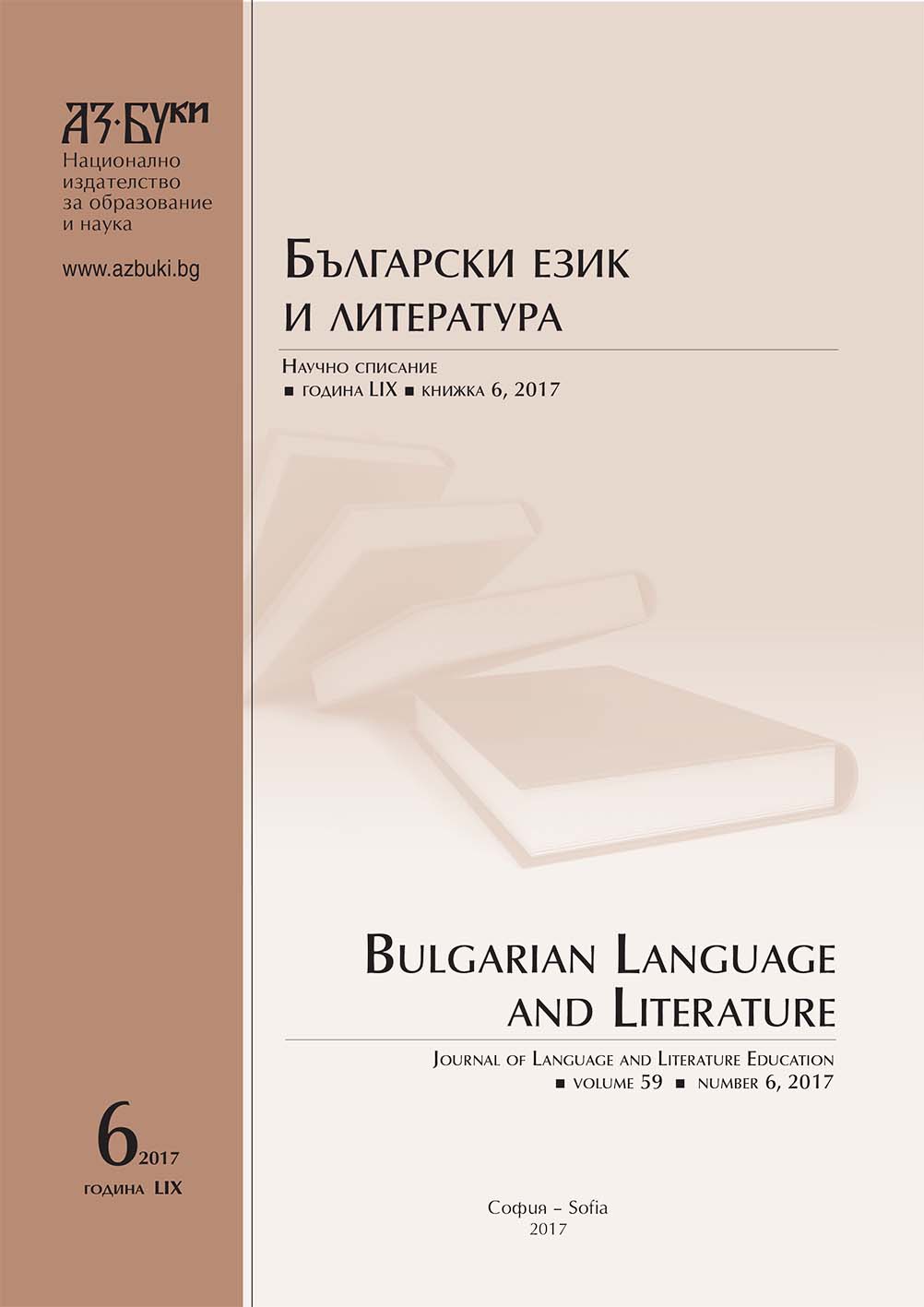
Writing is a main component in second language acquisition. Writing skills are basic and include creating texts, which are assessed acording to the following criteria: content, organization and cohesion, range, register, target language, accuracy of language. The writing task, which results are analysed in this article, is partially constrained by presenting foreign students with initial and final sentences. The students were instructed to write several sentences in between those two which, when taken all together, would form a good text.
More...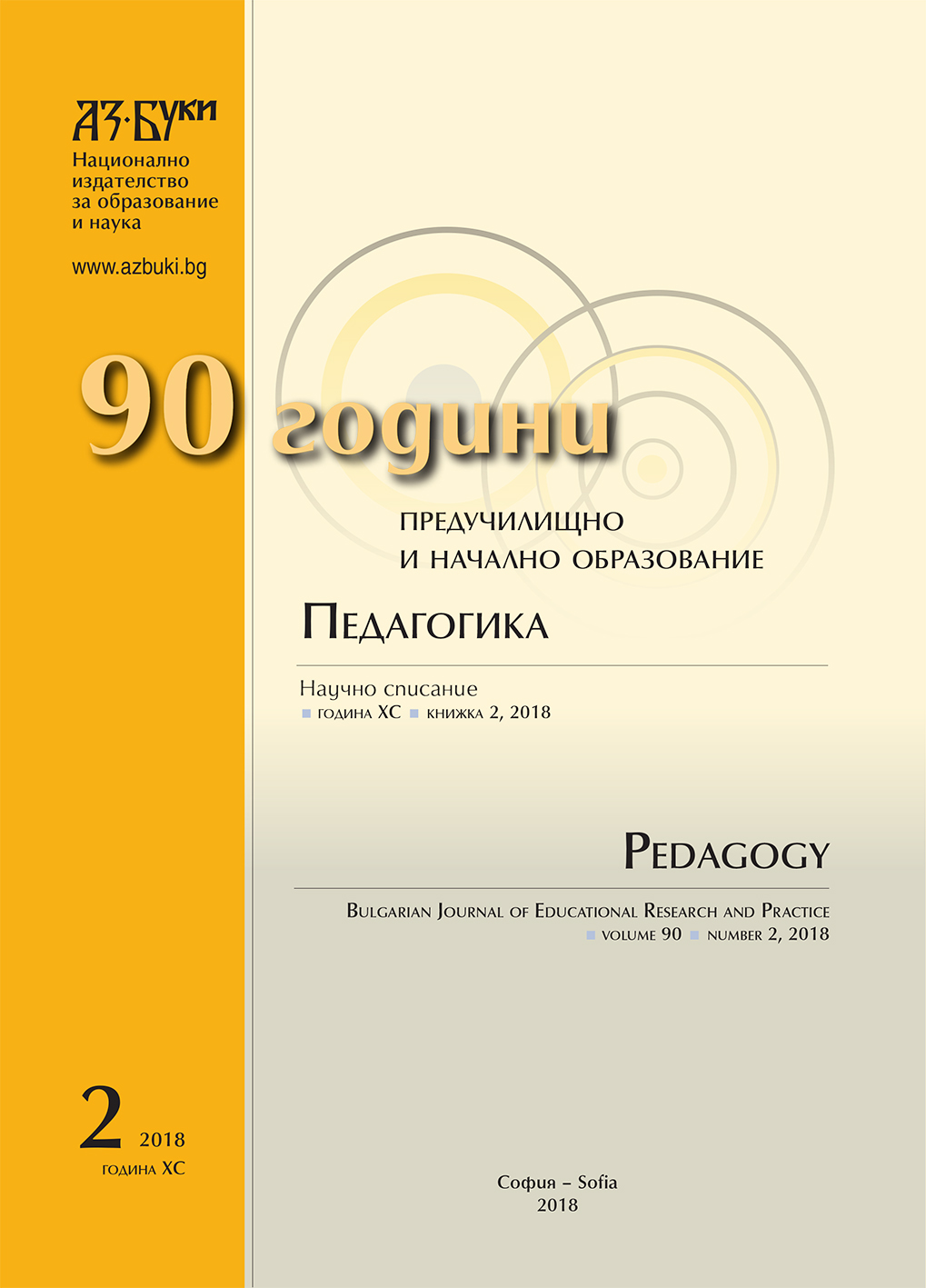
This article deals with the issues directly or indirectly connected to educating a child in a modern family. Some ethical issues are being discussed related to widely applied activities within the public space such as ones in the social media, intervention in fertility health treatments, pedagogical practices in nurseries and kindergartens accompanied by the author’s comments altogether with their long-term consequences on the most important individual amongst them – the child.
More...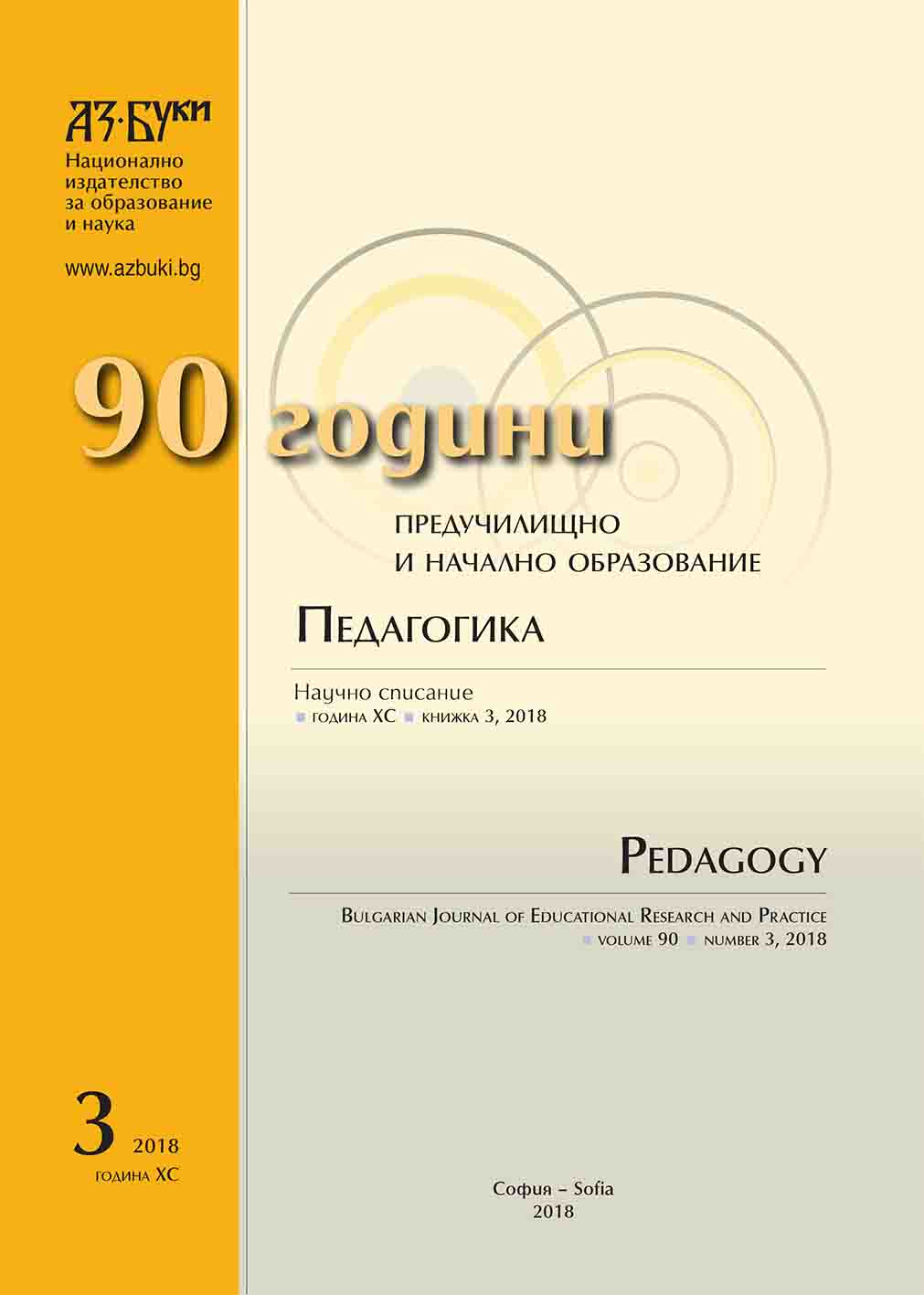
The article focuses on adult education and training and their transformations from the early 20th century to the present. Different challenges have been outlined that not only increase the sensitivity to the use of the different opportunities of the environment for education and training but also influence the understanding of adult learning. Based on the results of the survey, there are generalized features and modern development guidelines, educational models for adult learning and good practices from different countries – for example, second-chance training model, model of remedial training, model of workplace learning, model of cooperative learning, model of distance relationship tutor-learner; model of motivation training, model of VET training, model of training for general education.
More...
This article presents the historical steps of the birth and development of informal adult education in the Bulgarian lands. The opportunities for Bulgarians to learn at different historical stages and in the most recent times are outlined.
More...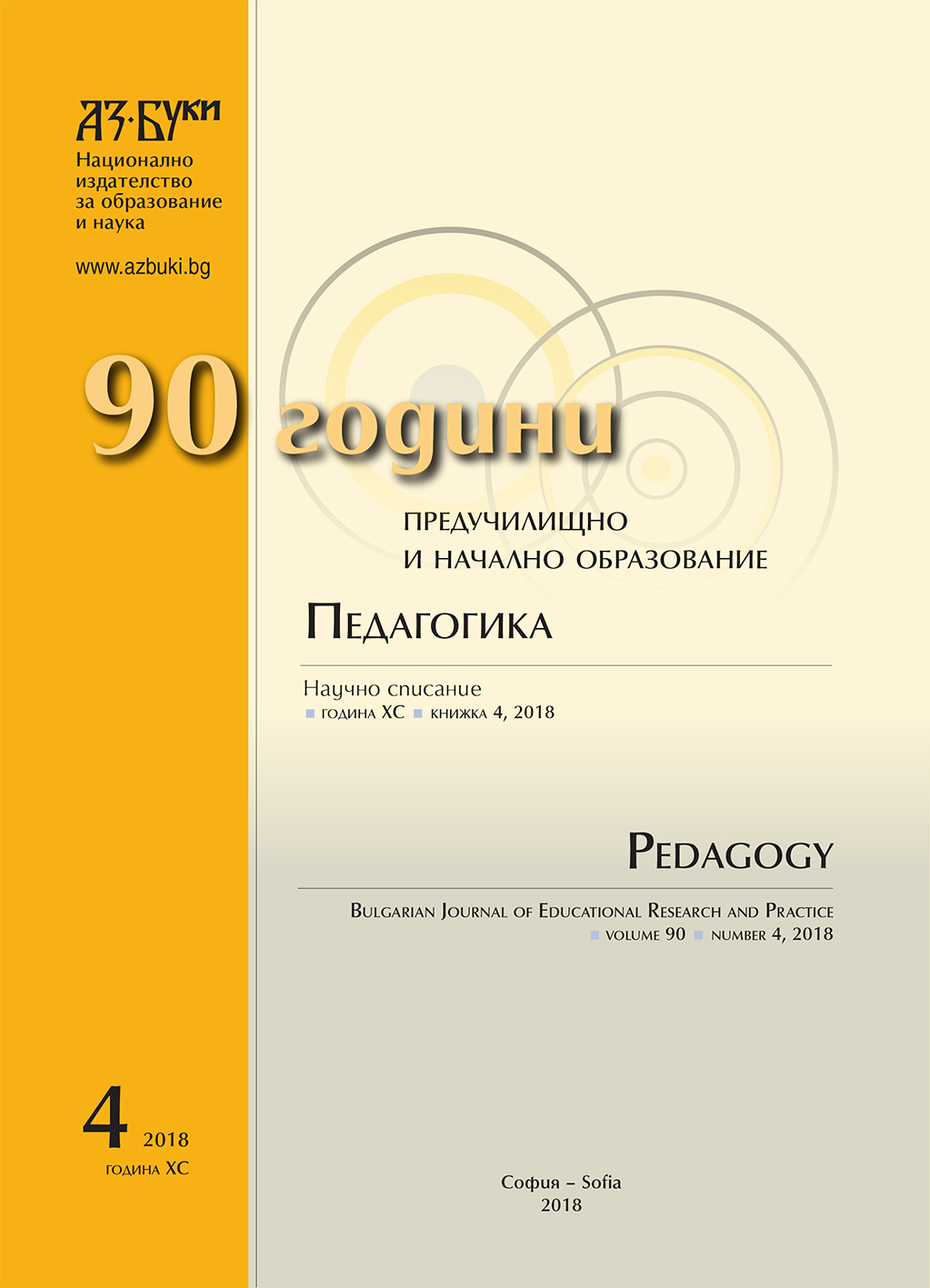
The paper outlines how the application of the Information and Communication Technologies (ICT) helps the students with Mild Intellectual Disabilities (MID) in the education field. For this research six different Greek educational software products have been introduced ТО twelve students in a Greek school
More...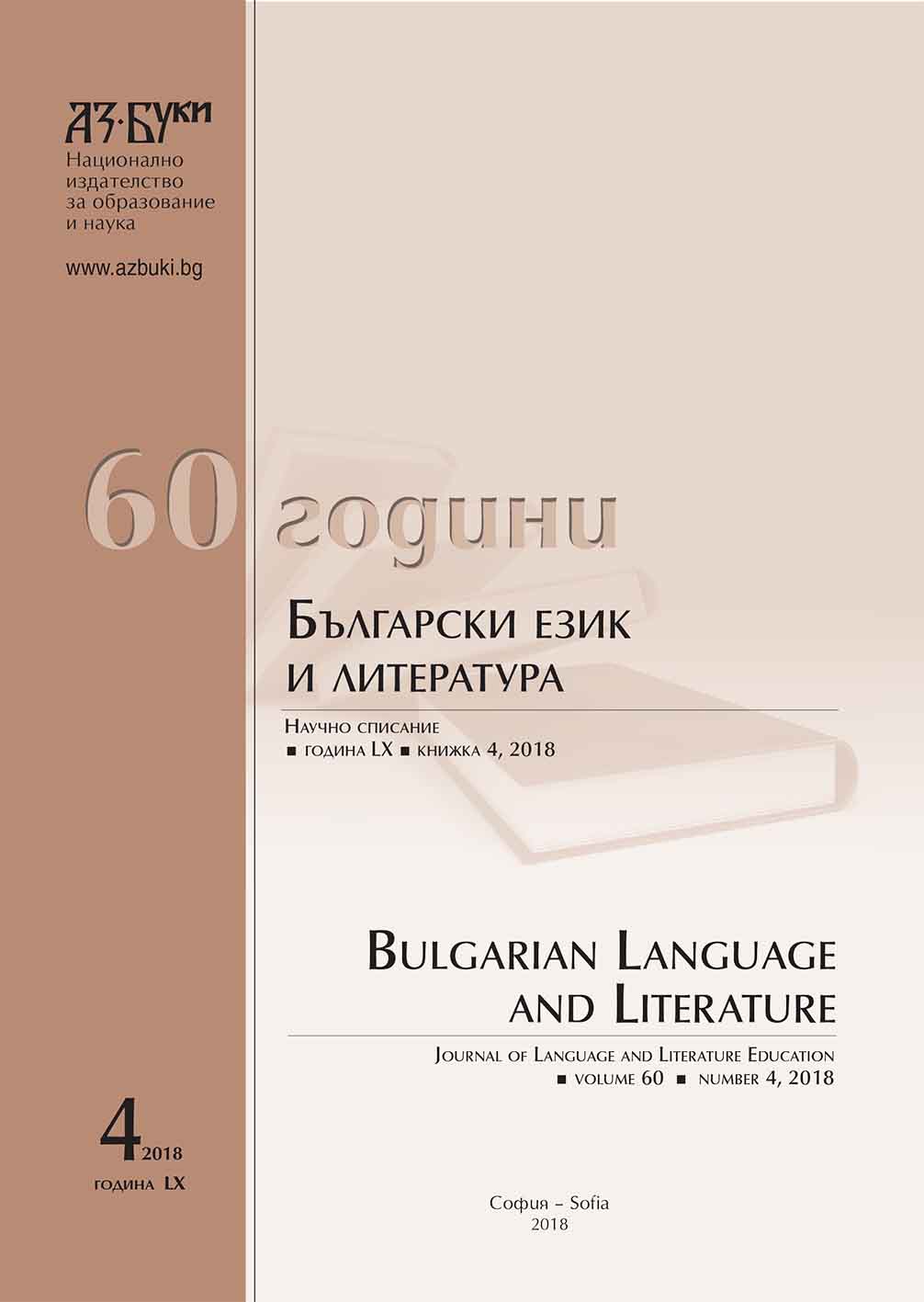
The paper is focused on the image of North America and the stereotypes about American reality that are represented and ironized in the short stories, written by the Bulgarian author Svetoslav Minkov and published in his books Shadow play (1928) Automatons (1932) and The lady with the X-Ray Eyes (1934)
More...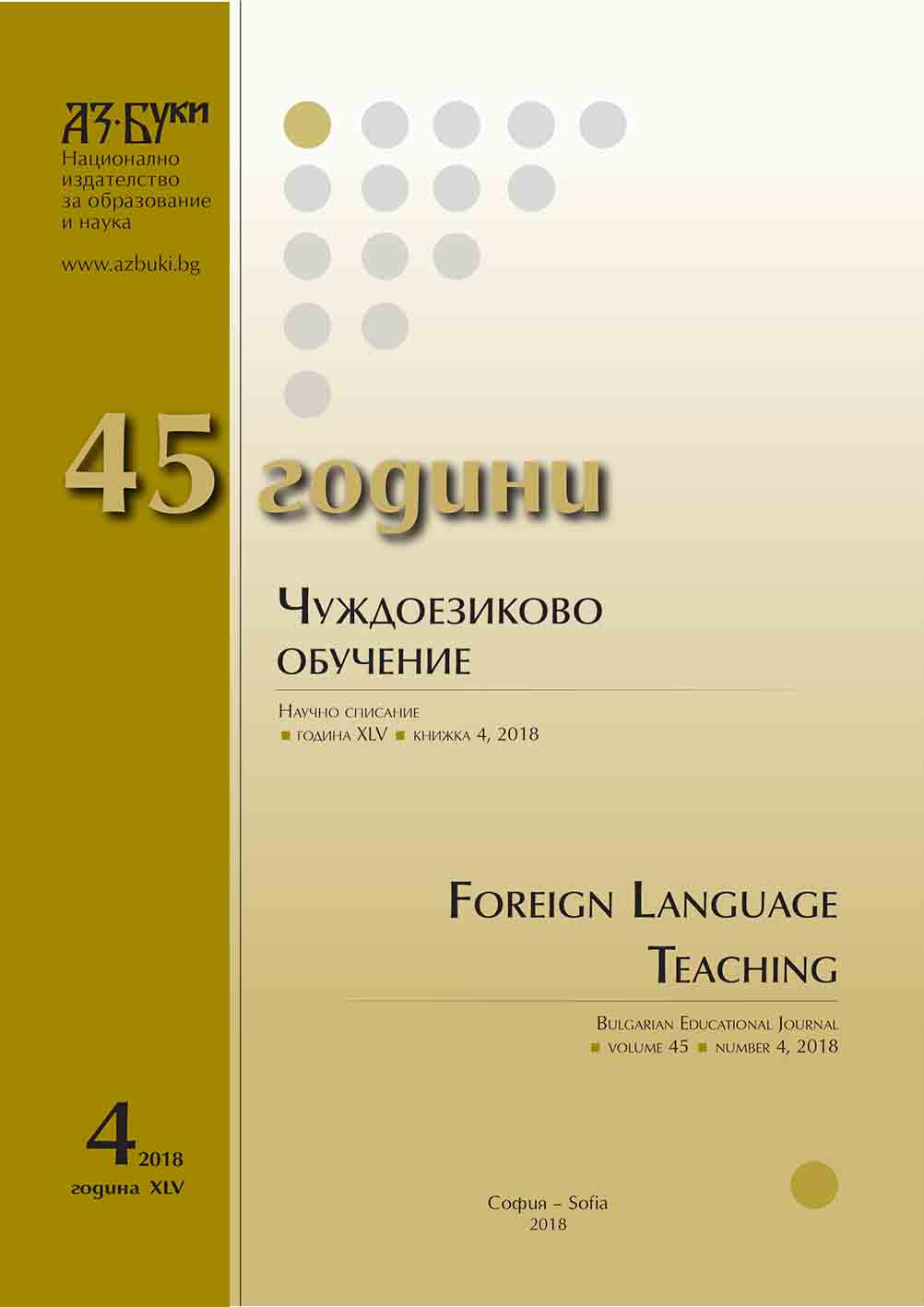
The article aims to analyze the functional load of Russian ball dance that represents fragments of XIII – XIX century sociocultural history and life in their correlation with modern reception and practice of teaching Russian as a foreign language. The author’s vision of the place and significant role of the ball dance in Russian culture, especially literature and art, is revealed. The focus is put on the phenomenon of ball dance etiquette and ceremony, suggesting a great variety of topics and different methods of exploring this outstanding cultural emblem, described from the point of view of synergy, imagology and innovative technologies, used in the process of teaching foreign languages.
More...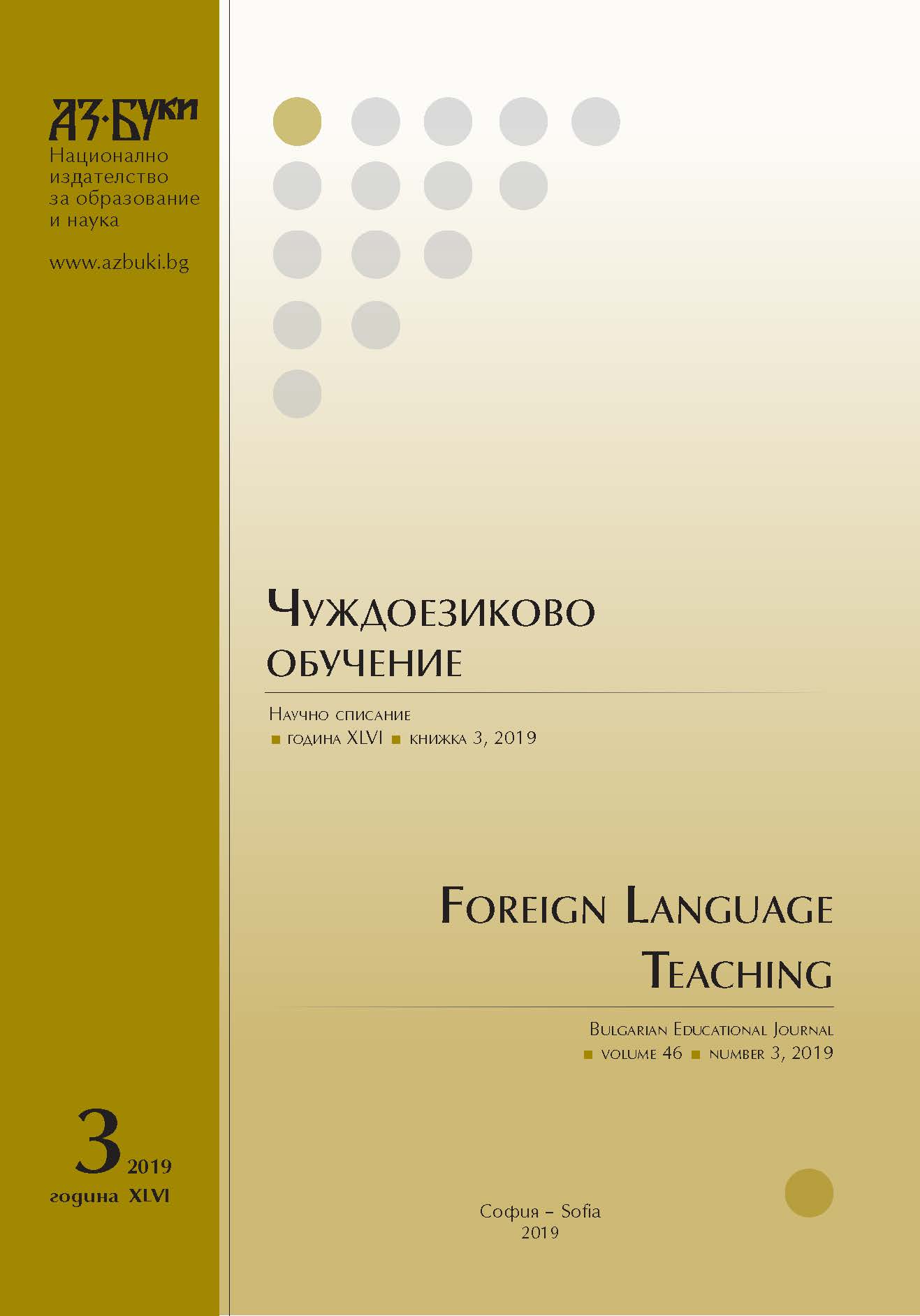
The article considers the problems of scientific knowledge in conjunction with the formation of a person in the modern information space. Various philosophical schools and their concepts about the process of cognition, as well as the evolution of these views, are considered. A comparative analysis of modern Western European thought and the heritage of the philosophers of the “Golden Age of Islam” has been carried out. Based on the analysis, a conclusion is made about the need to set new tasks for such a discipline as social pedagogy.
More...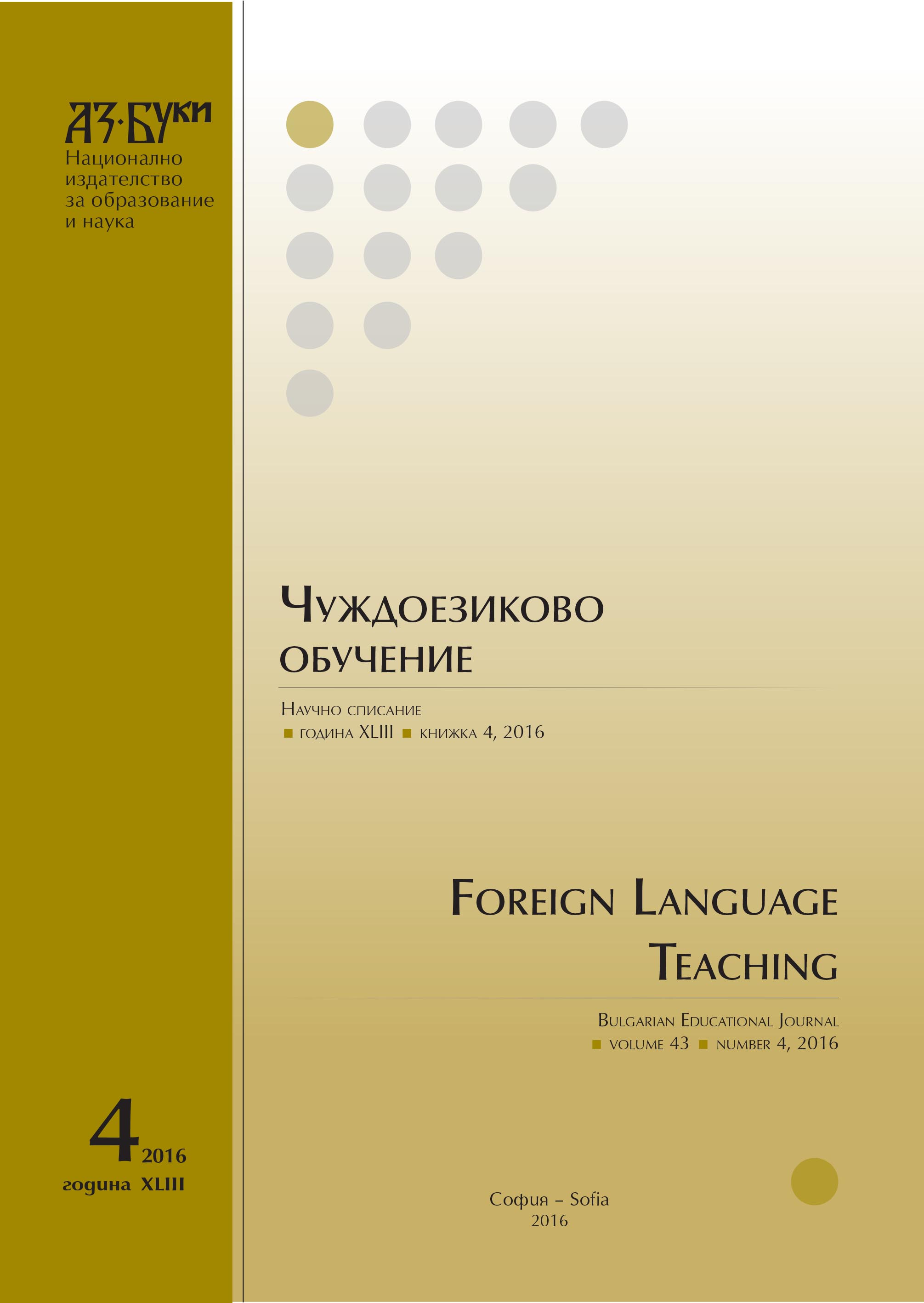
Various sociolinguistic changes (i.e. vulgarization, Americanization, the impact on the literary language of other substandard strata, etc.) have a direct impact on the evolution of the words describing the basic social and cultural concepts like ‘man’ and ‘woman’. The study of such nominations is possible to explicate both surface and deep transformation of modern language picture of the world and Russian linguistic mentality.
More...
Modern advertisement not only transmits traditional stereotypes into society but also creates new gender ones, which define the gender aspect of the modern consumer’s life-vision. Cognitive units as gender stereotype or gender asymmetries play important roles in creating and reception of a commercial text because if they are used incorrectly, they might cause a gender conflict. A plan for analysis of a commercial text which helps to explicate its gender subcomponent is provided in the conclusion of the article along with typical exercises for students on advertisement analysis.
More...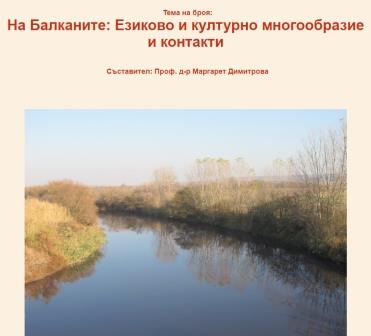
The paper gives information on a medieval Slavonic translation of the Vita of St. Sabbas the Sanctified. A Middle Bulgarian copy of the translation (manuscript no. 226 of the 14th century, kept in Hilandar Monastery on Mount Athos) is edited with variant readings from two other copies: Hilandar 432 and Dragomirna 706.
More...
The author compares the lexical choices in three translations of Solomon’s Song made from Greek disseminated in medieval Slavonic Cyrillic manuscripts: an early translation of the late 9th or early 10th century and two later ones imbedded in catenae.
More...
Through constantly-surprising breakthrough into the numinous space, the religious man follows his path towards the full experience of the sacred, thus positioning himself in a state of anticipation of the encounter with the numinous – therefore in a closeness toward the numinous as the Other. This closeness toward an imminence will in turn impose an interpretive reporting on both the context and the Other – therefore a positioning through an enunciation with the intention of preparing an understanding of these states. However, preparing this enunciation related to the future encounter with the numinous does not only mean building a space, but also orientation towards a sense. By orientation towards sense, it becomes necessary to build a statement that follows a dynamic composition of signs and senses through which the positioning – of oneself and towards the Other – becomes an enunciation with meaning.
More...
The purpose of this article is to present, in the form of lexical notes, particular cases of popular etymologies in plants and to highlight the adaptation and effective use of plant names that proves to be appropriate, well circumstantiated, taking into account their subodoxastic knowledge in this semantic relationship.
More...
The Latin-Romance direction and the modernization of the Romanian literary language in the 19th century are two essential aspects in the development of modern Romanian, reflecting both external influences and the need for modernization and standardization of the national language. The Latin-Romance direction was a cultural and linguistic movement that promoted a return to the Latin origins of the Romanian language, in the context of the development of national consciousness and Romanian cultural identity. This movement was supported by the intellectual and political elites of the time, who viewed Latinity as a foundation of Romanian national culture and as a link to Western Europe. The modernization of the language also involved the adoption of neological borrowings, with French being the most influential language in this process, mainly due to the cultural and political prestige of France during this period. Due to its cultural proximity and shared Latinity, Italian was another important source of borrowings, particularly in the fields of arts and literature.
More...
In the evolution of Romanian civilization, the topic of gastronomy is not of particular interest among intellectuals, but, as Eugen Simion noted, writers – such as Costache Negruzzi and Mihail Kogălniceanu – were among the ones to ”display some sensitivity to what is called the gourmet discourse.” In this context, it is worth mentioning that Costache Negruzzi’s library included ”The Physiology of Taste”, written by Brillat – Savarin, whom Honoré de Balzac considered one of the great prose writers. Although gastronomy was not a fundamental dimension of his work, Kogălniceanu’s sensitivity to gastronomy is evident in many of his writings – elements of culinary art were incorporated both into his own lifestyle and the lives of his characters – and throughout his correspondence. In doing so, Kogălniceanu not only shaped the historical physiognomy of his era but also highlighted the refinement and good taste of certain social classes in mid-19th century Moldova.
More...